Explore the fascinating realm of nature’s most vocal creatures, whose sounds resonate far beyond the ordinary. From the echoing calls of oceanic giants to the surprising snaps of small sea creatures, these animals remind us of the diverse ways communication manifests in the wild.
Chacma Baboon
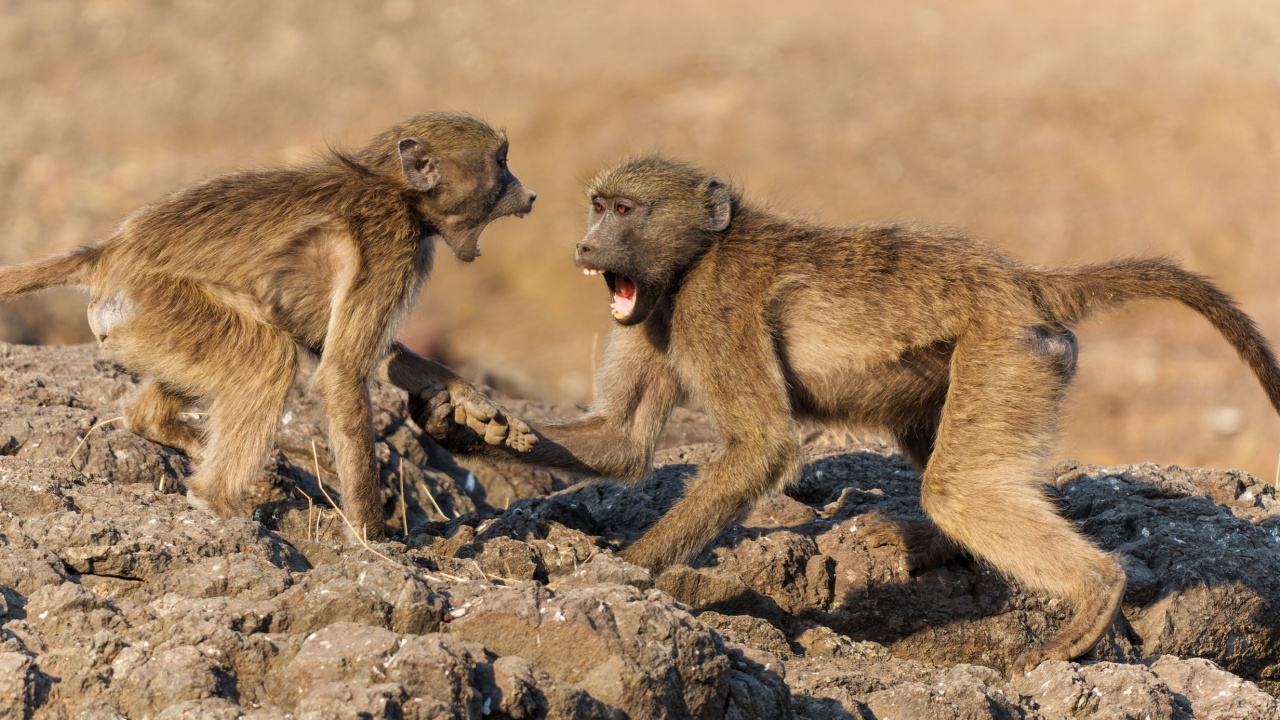
Chacma Baboons are not just social; they are vocal strategists, utilizing over 30 different sounds to communicate within their troops. Their range includes soft murmurs for close communication and loud barks that can reach 90 dB to alert or signal over greater distances.
Water Boatman

Despite its small size, the Water Boatman makes its presence known with a sound intensity of 99 dB, achieved by rubbing its body parts together. This little aquatic virtuoso turns ponds into concert halls, proving that size is no barrier to making a big sound.
Coquí Frog
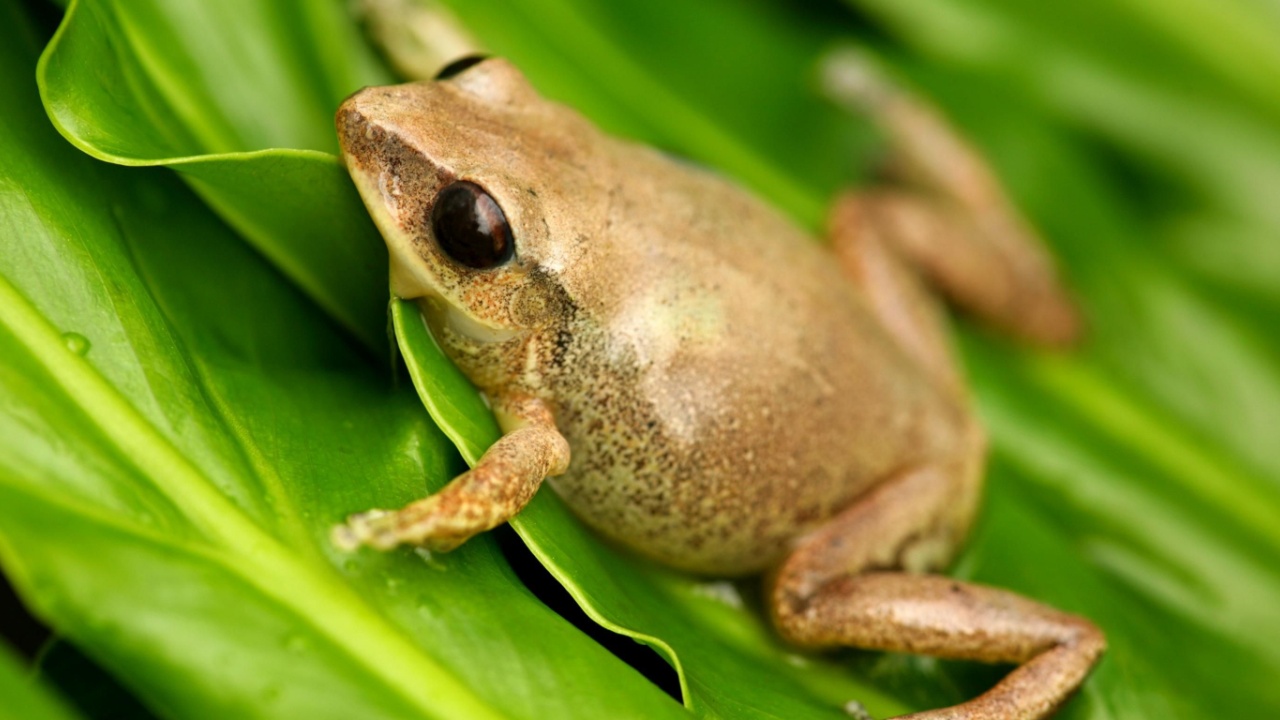
The Coquí Frog may be diminutive, but its evening calls can soar to 100 dB. Revered in Puerto Rico, these frogs fill the night with their iconic ‘ko-kee’ calls, a beloved soundtrack for the island’s residents.
Oilbird
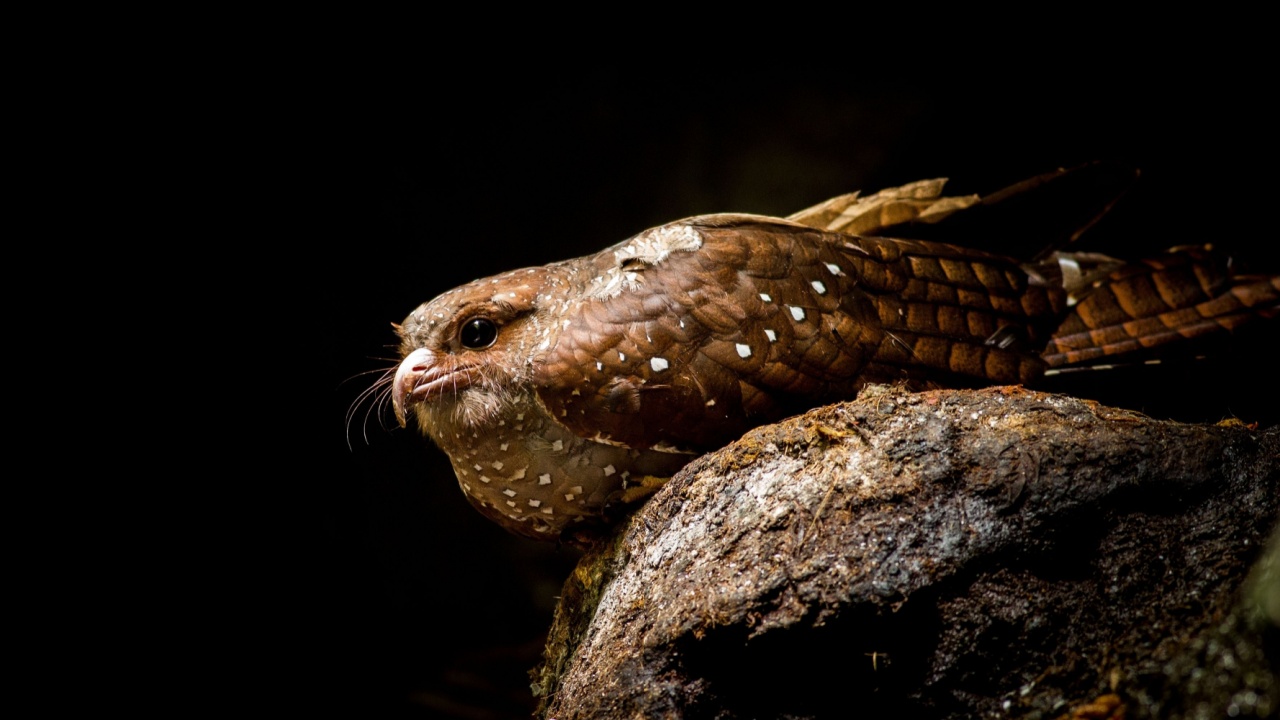
Navigating through the dark with clicks that can reach 100 dB, Oilbirds use echolocation to find their way in pitch-black caves. These nocturnal birds transform silent caverns into acoustic wonderlands.
Gray Wolf
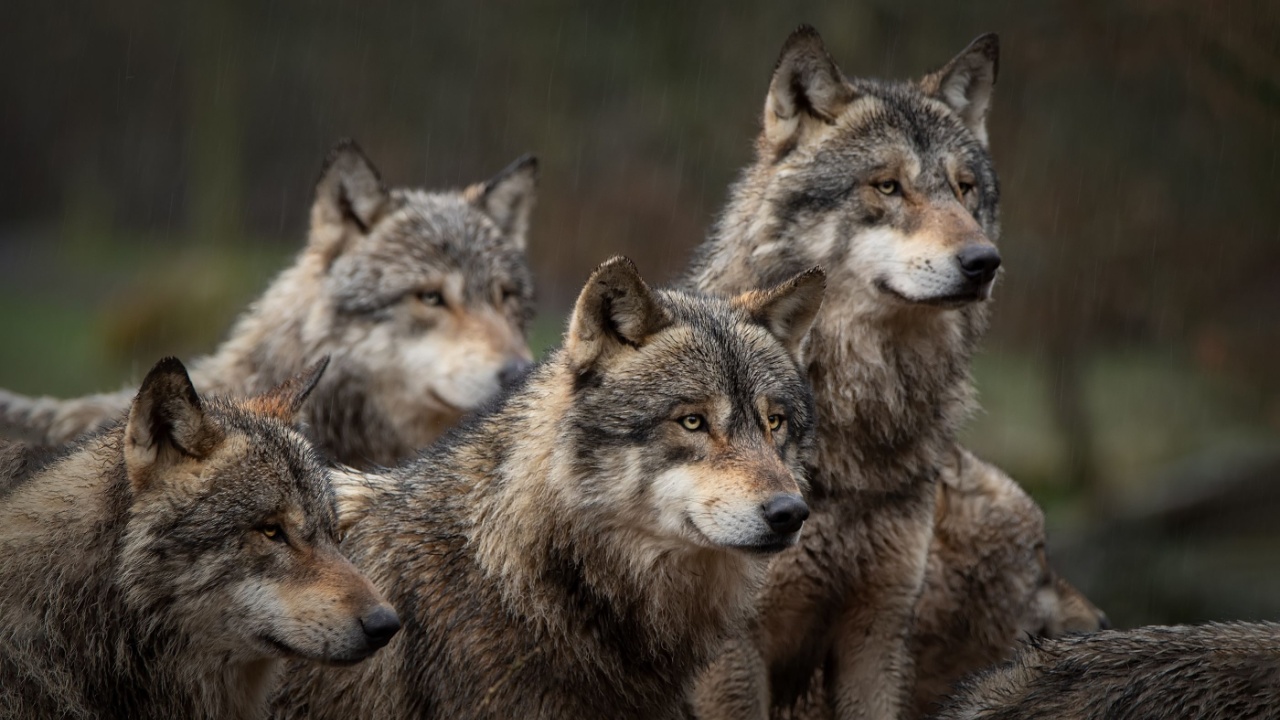
Gray Wolves communicate across vast territories with howls that can vary from 90 to 115 dB. These majestic calls maintain pack unity and assert territorial claims, echoing the essence of the wild.
Hyena

Hyenas are often recognized for their laughter-like calls that reach up to 112 dB. This unique vocalization plays a crucial role in their complex social interactions within the savanna ecosystem.
Lion
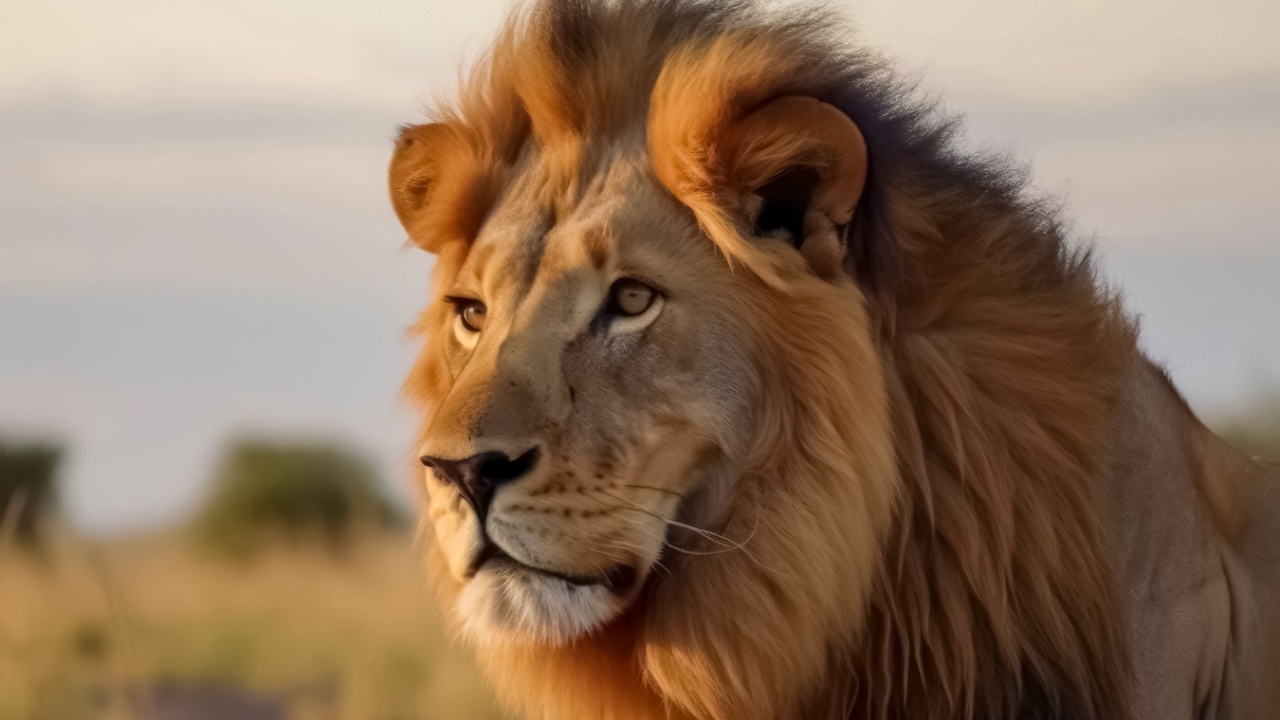
A lion’s roar is as majestic as it is loud, reaching up to 114 dB. This powerful vocalization is not just about sound; it’s a declaration of territory and an integral part of pride communication.
Ostrich

The ostrich, the largest bird on Earth, uses its deep and resonant voice to communicate across the vast savanna, with calls that can reach 114 dB. This powerful sound helps maintain contact between individuals scattered across wide-open spaces.
Peacock
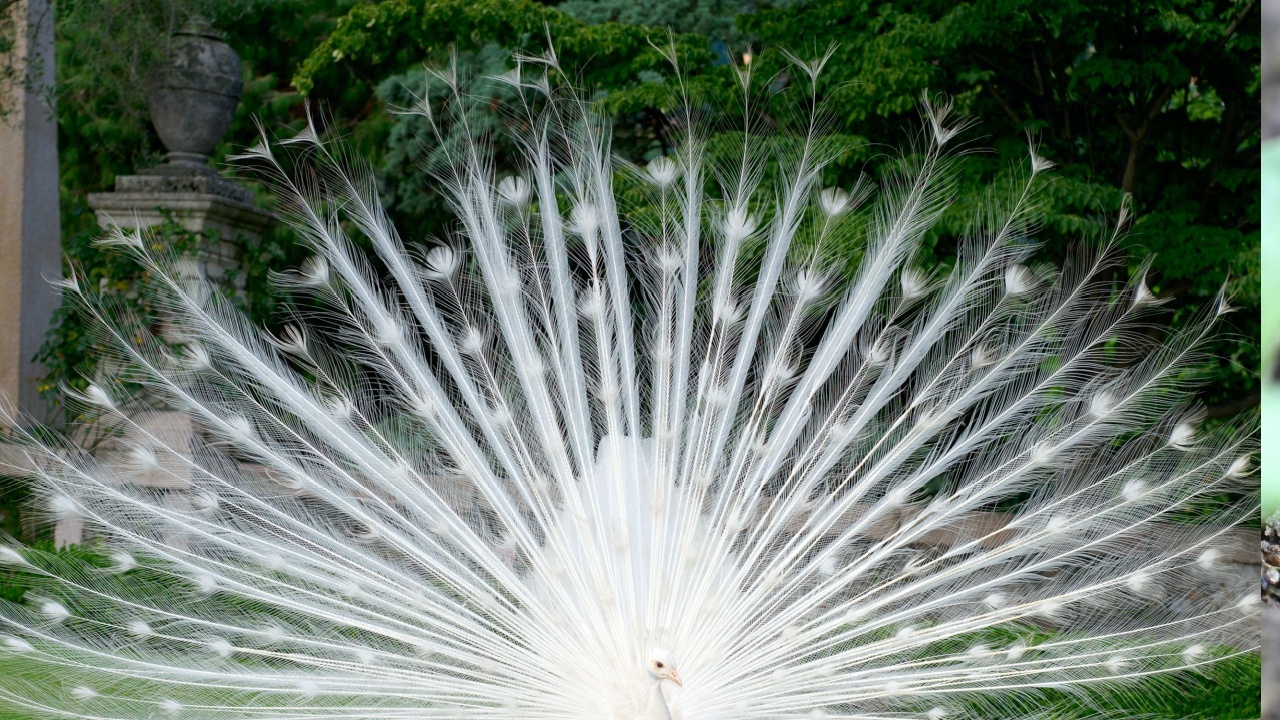
Peacocks combine visual splendor with vocal power, their calls hitting 115 dB. Used primarily during mating season, these loud calls ensure that their beauty is both seen and heard.
African Elephant
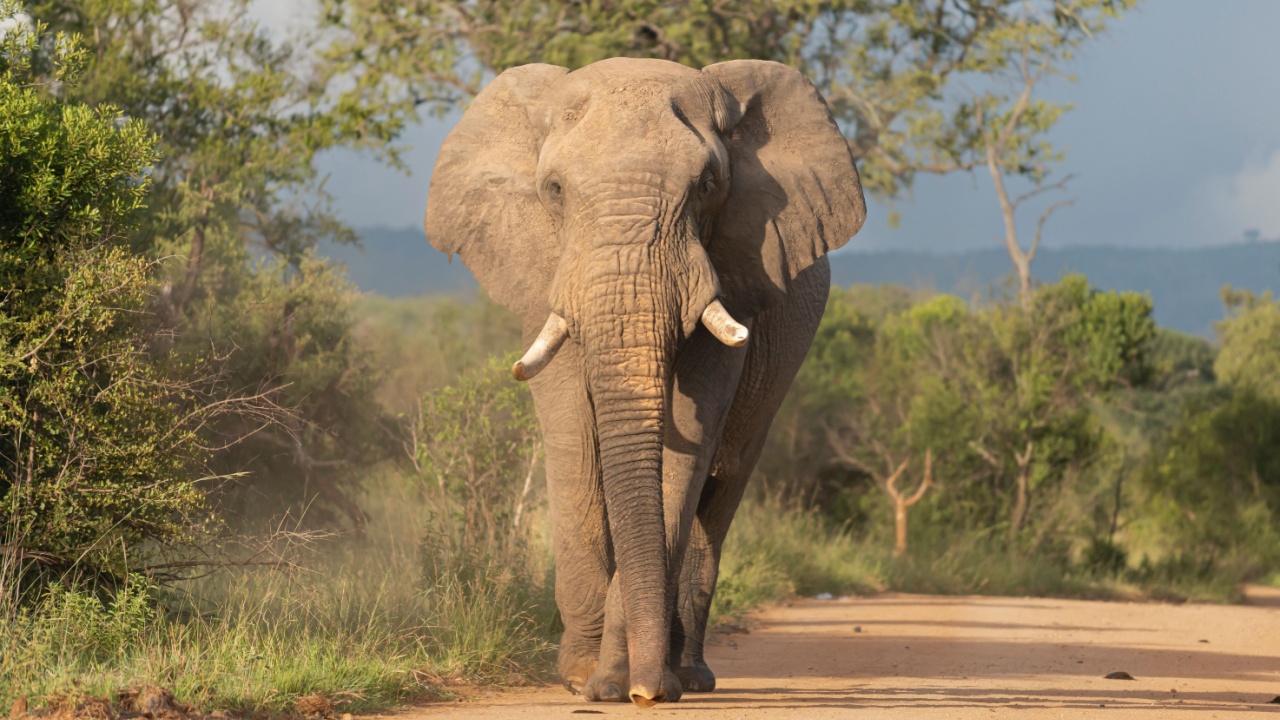
Commanding the landscape with trumpets that can reach 117 dB, African elephants use these powerful sounds to socialize and coordinate with the herd, ensuring they stay connected over large distances.
North American Bullfrog
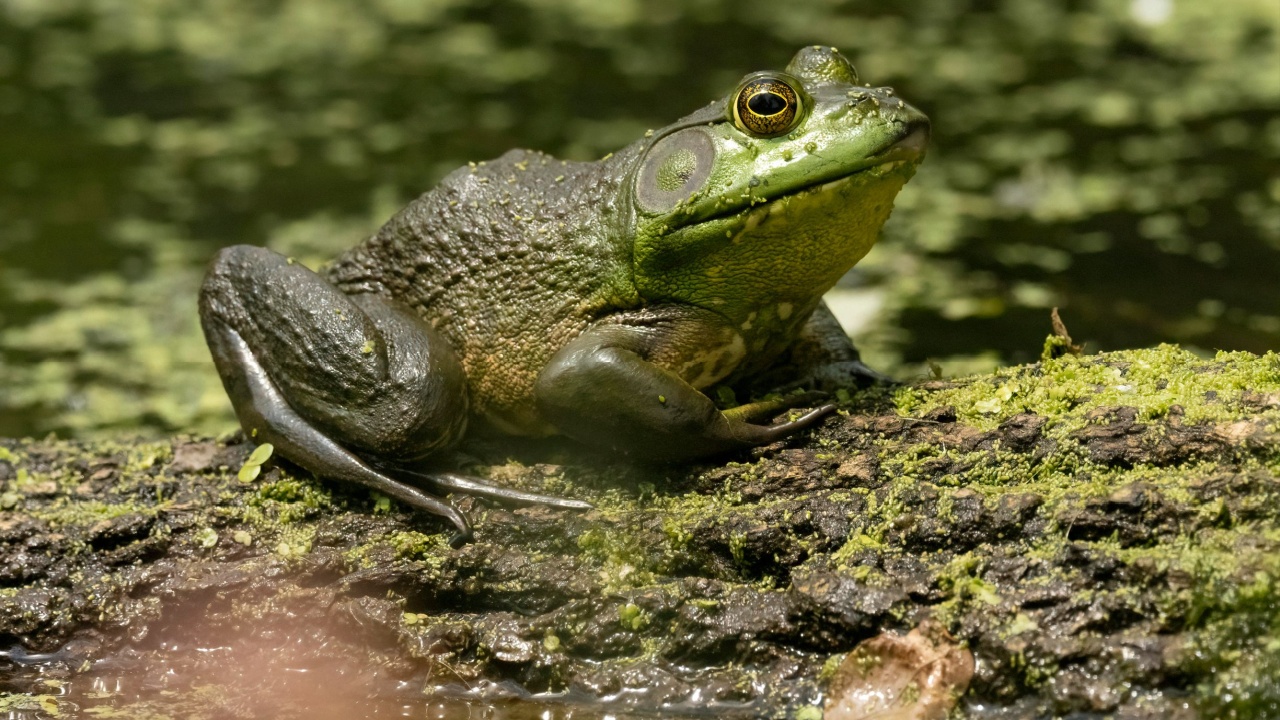
Dominating its watery realm, the bullfrog’s call can reach 119 dB, making it a vocal powerhouse among amphibians. This robust sound serves as a declaration of presence in marshes and ponds.
Common Cicada

Cicadas are synonymous with summer, their songs reaching around 120 dB. These insects fill the air with rhythmic buzzing, a sound that defines the season’s soundtrack.
Green Grocer Cicada
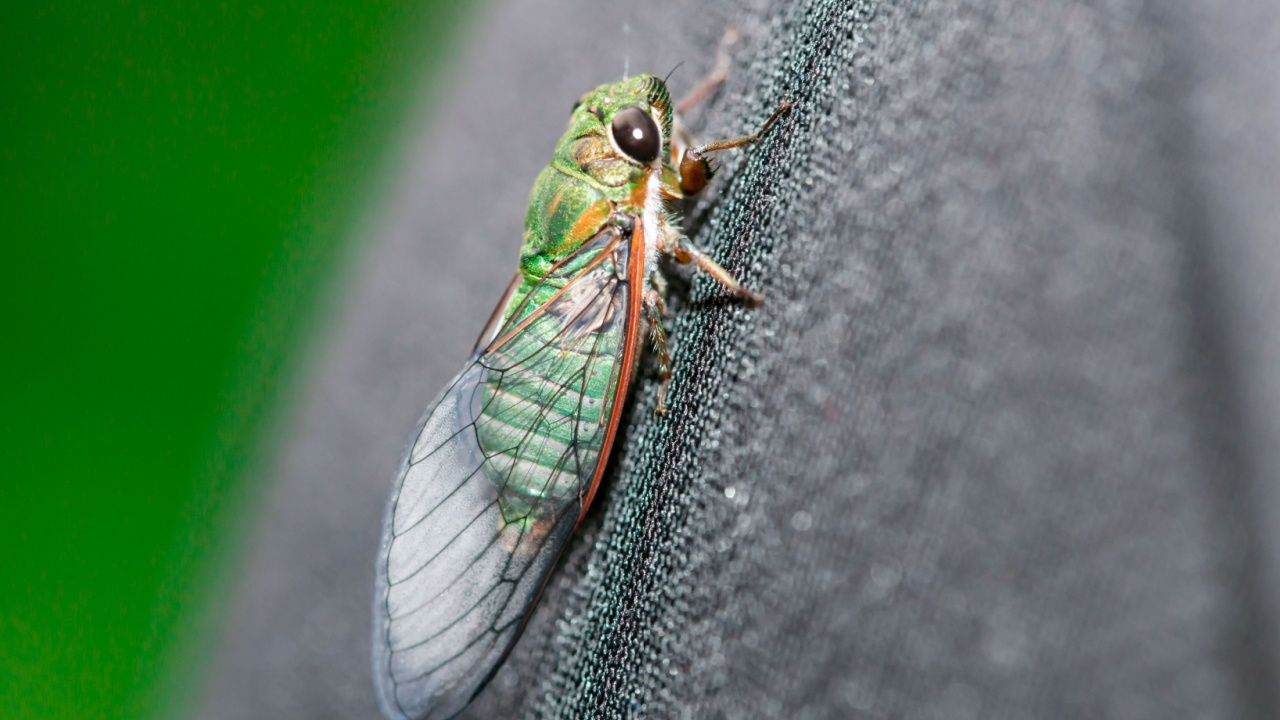
Echoing through Australian summers, the Green Grocer Cicada hits 120 dB with its calls. This insect’s loud chorus is a seasonal phenomenon, marking the height of summer with its distinctive sound.
African Cicada

Matching the intensity of their Australian cousins, African cicadas also reach 120 dB. Their vibrant calls contribute to the lively soundscape of the African wilderness.
White Bellbird
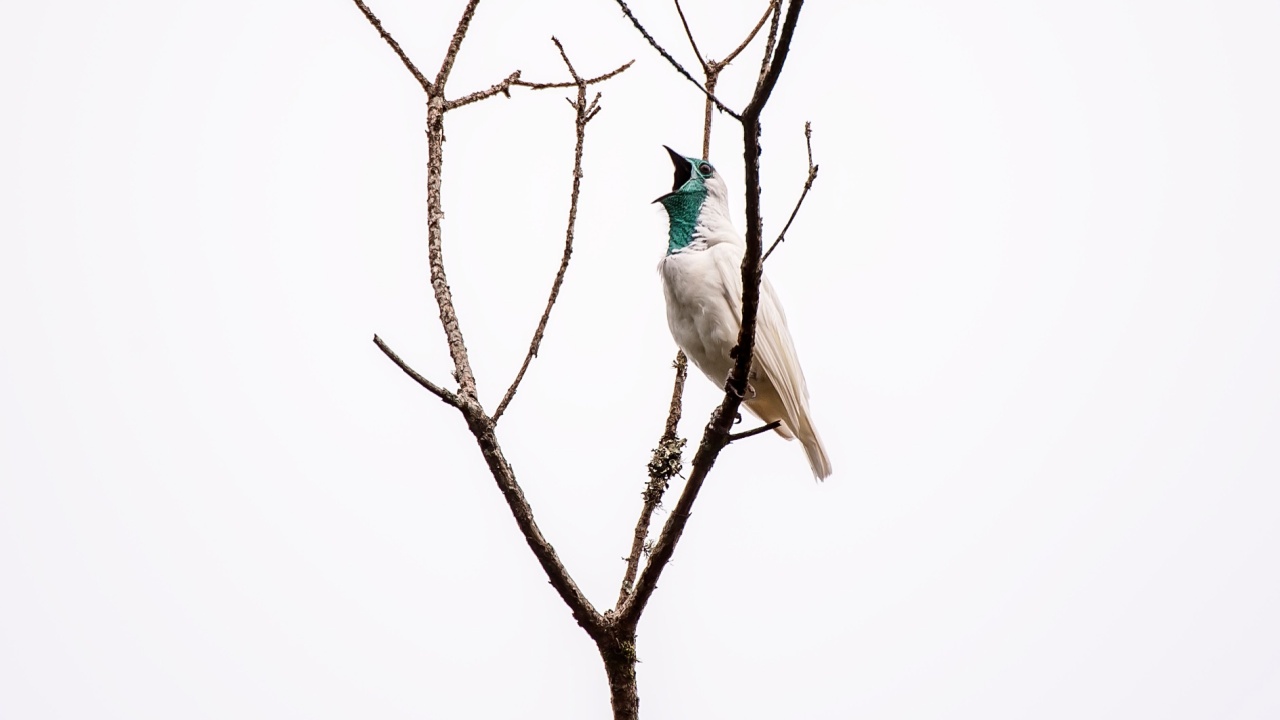
The White Bellbird holds the record for the loudest bird call at 125 dB. Its piercing sound is as striking as its appearance, resonating through its habitat with unmatched clarity.
Northern Elephant Seal
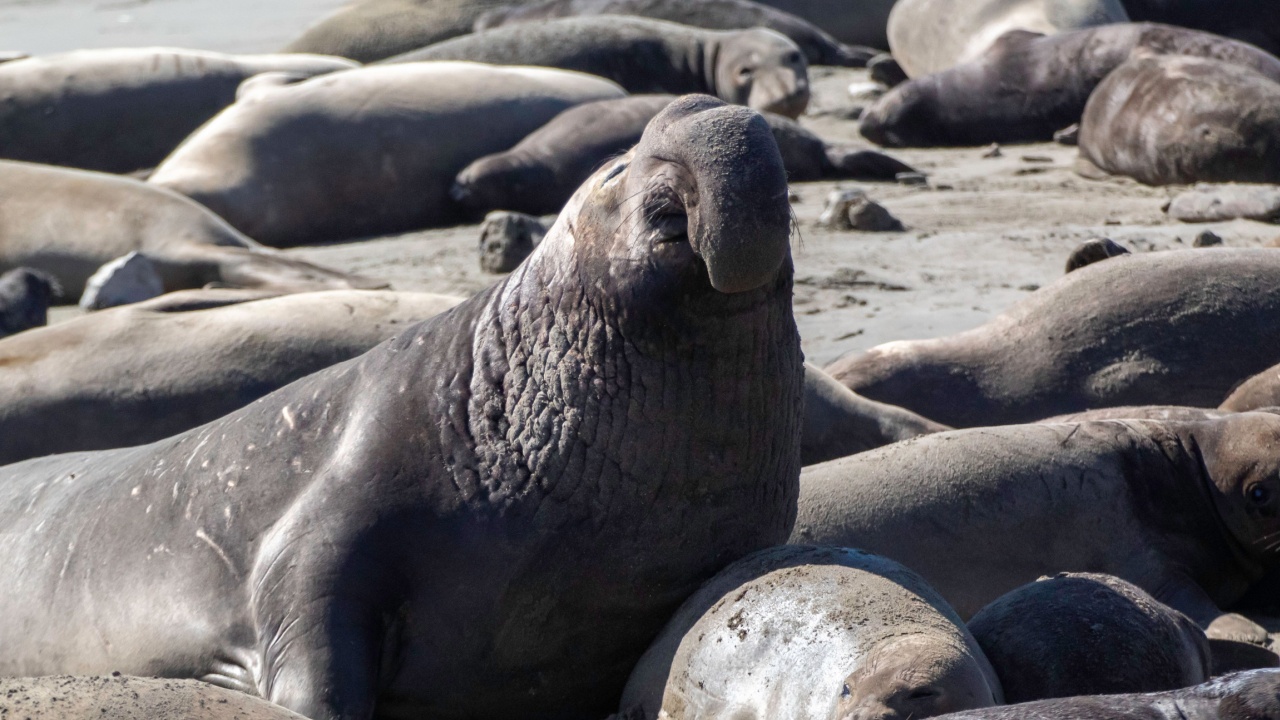
With calls that can reach up to 126 dB, Northern Elephant Seals use their powerful voices primarily during mating season, their deep roars echoing through both air and water.
Cockatoo

Cockatoos, with their flamboyant crests and diverse colors, bring life to forests with their calls, which can reach up to 130 dB. These birds are not just about visual flair but also vocal strength, maintaining communication and social bonds through loud calls.
Mantis Shrimp

Though potentially one of the loudest creatures, the Mantis Shrimp’s 130 dB snap is muffled by water. This colorful marine predator uses high-speed claw strikes to stun or kill prey, a dramatic display of power and precision.
Kakapo
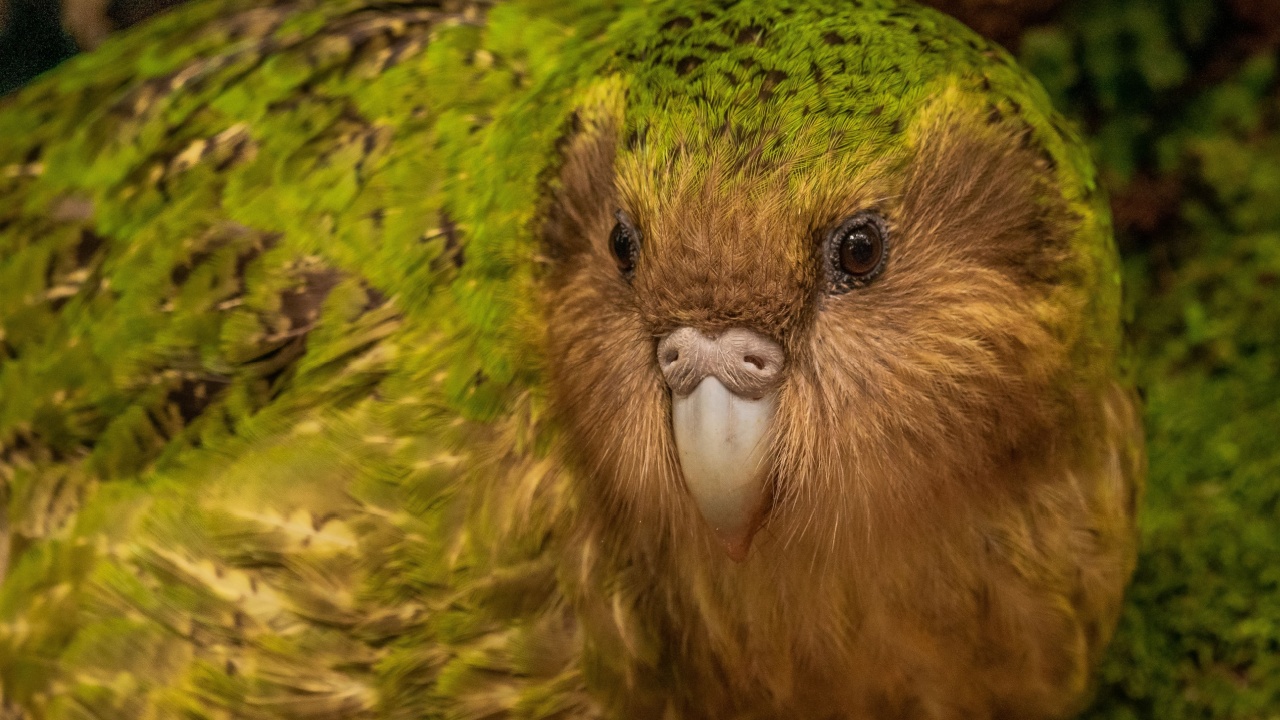
The Kakapo’s deep, booming mating calls can reach up to 132 dB. This flightless parrot uses its powerful voice to cut through the dense New Zealand forests, calling out to potential mates in a nightly serenade.
Greater Bulldog Bat
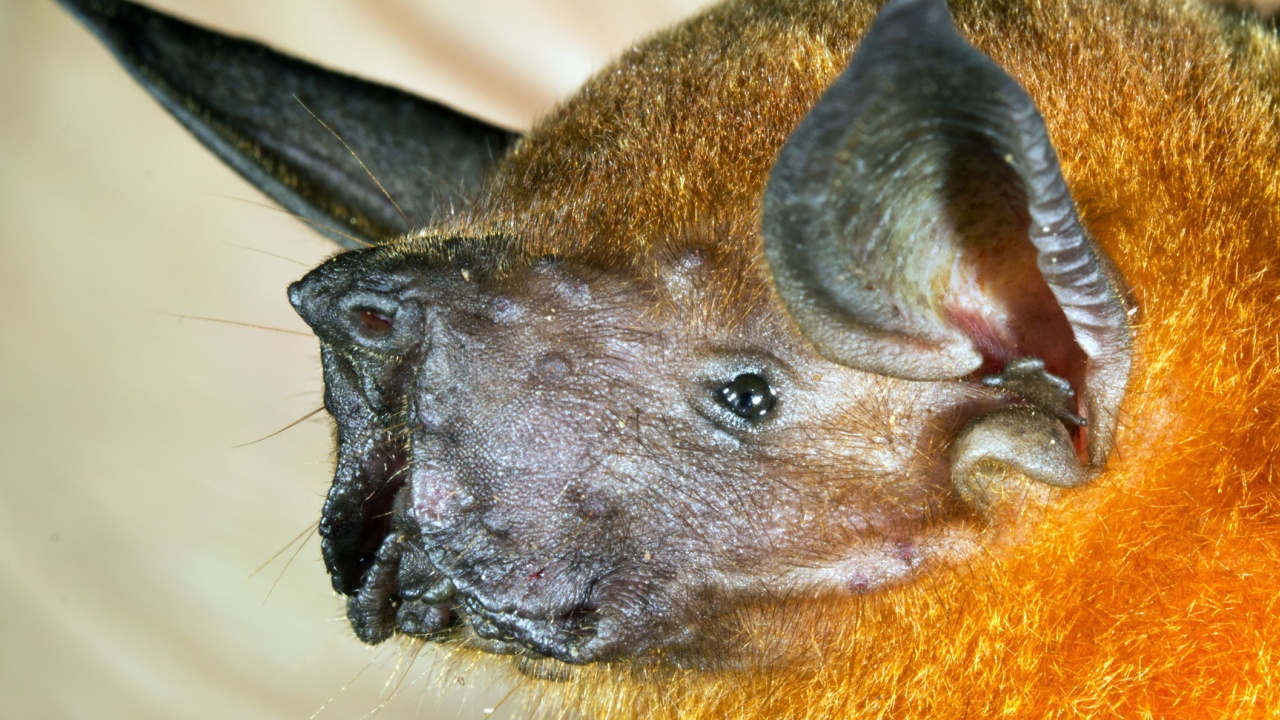
Navigating the night sky, the Greater Bulldog Bat emits echolocation calls up to 140 dB, mastering the dark through sound. This bat’s high-pitched calls ensure it finds its way and locates prey with incredible accuracy.
Howler Monkey

Reaching an astonishing 140 dB, Howler Monkeys have the loudest call of any land animal. These vocal powerhouses use their deep, guttural roars to communicate across the dense rainforest, asserting their presence and territory.
Bowhead Whale
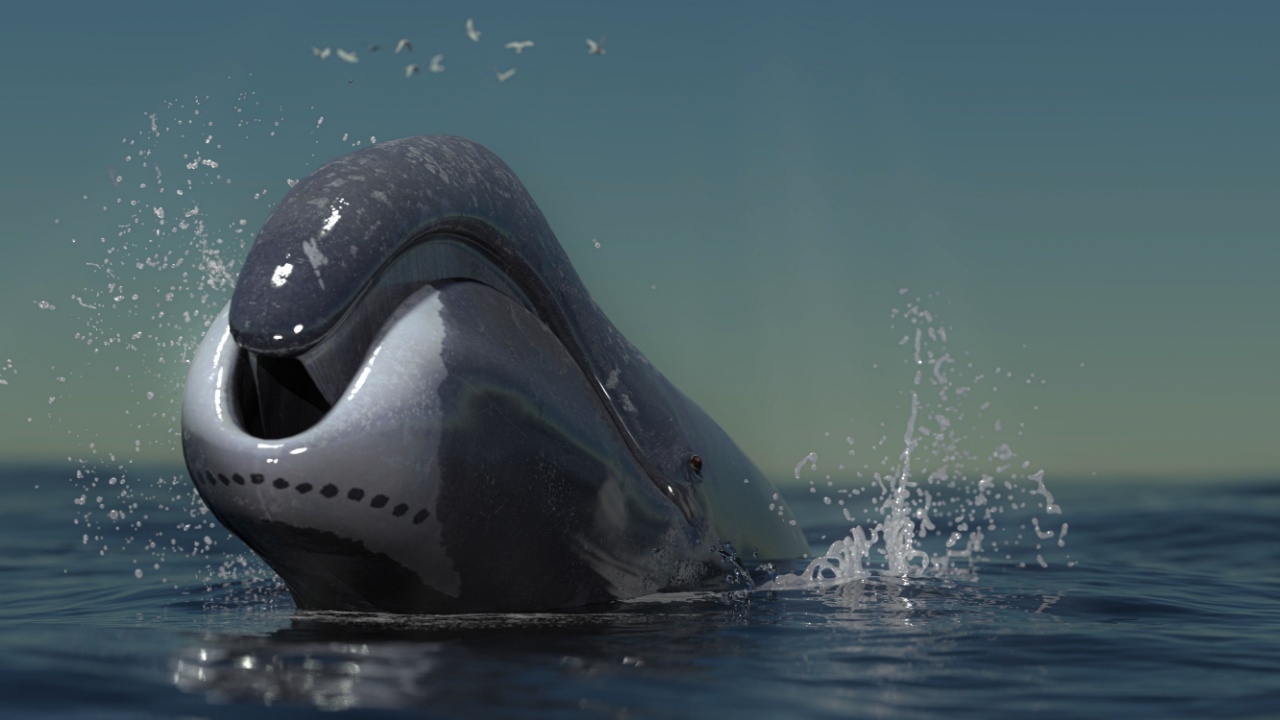
Bowhead Whales use their powerful 159 dB calls to communicate in the icy waters of the Arctic. Their songs, rich and varied, play a crucial role in maintaining social bonds and coordinating with other whales across the cold ocean expanses.
Humpback Whale
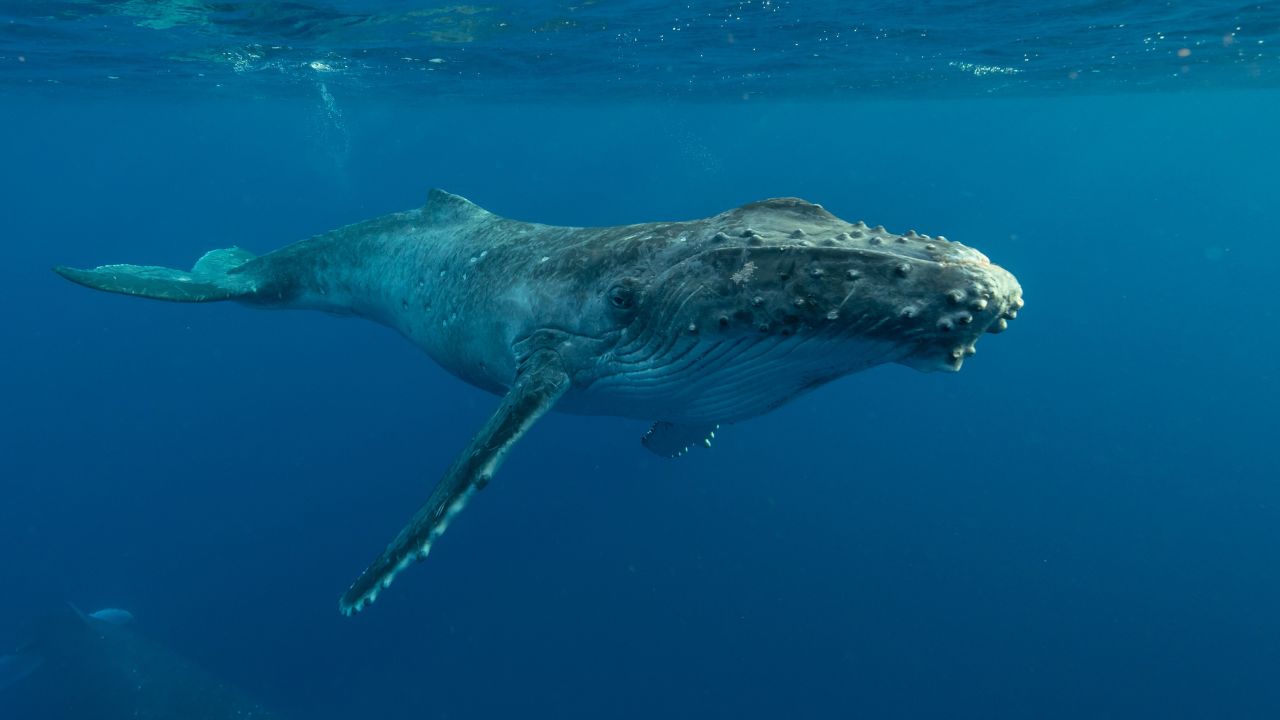
Humpback Whales are renowned for their complex songs that reach 183 dB, weaving rich melodies that travel across vast ocean distances. These lyrical giants use sound to explore, communicate, and possibly even court potential mates in the deep blue.
Fin Whale
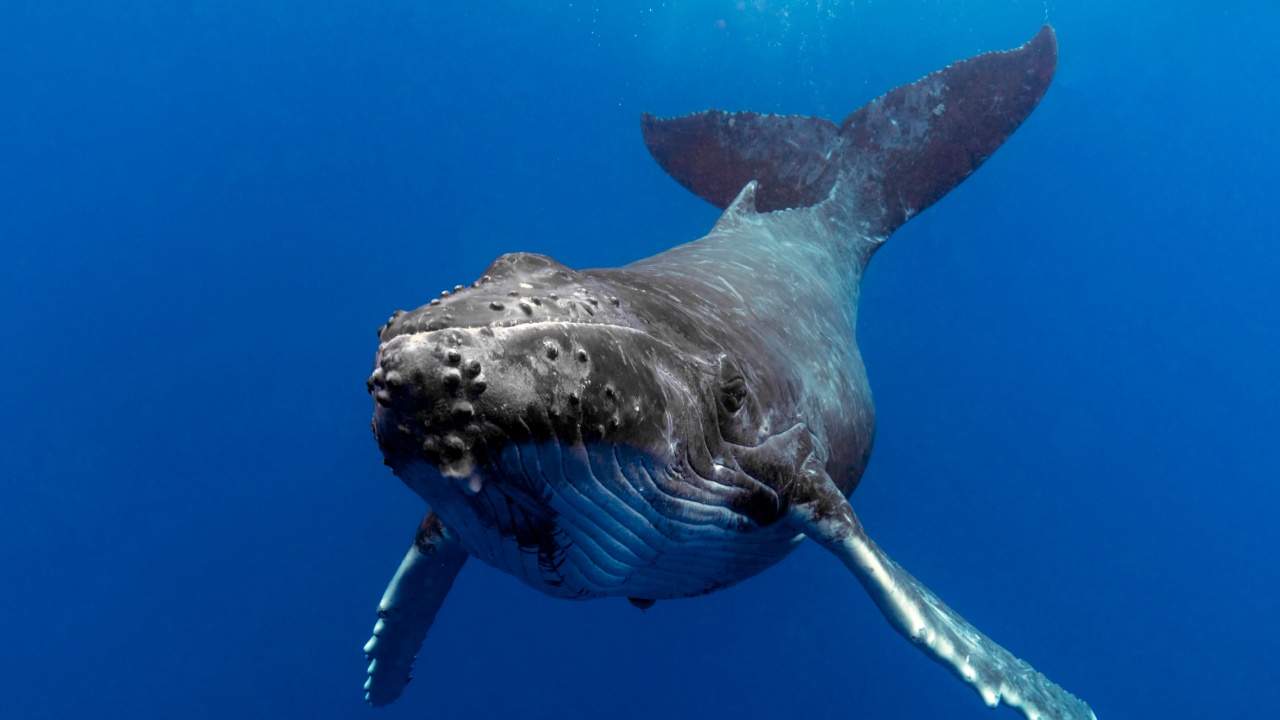
Fin Whales emit low-frequency calls between 184 and 186 dB, essential for communication over long distances in the ocean’s expansive depths. Known as the “greyhounds of the sea,” their calls are as efficient as they are loud, ensuring connectivity in the vast marine wilderness.
Blue Whale
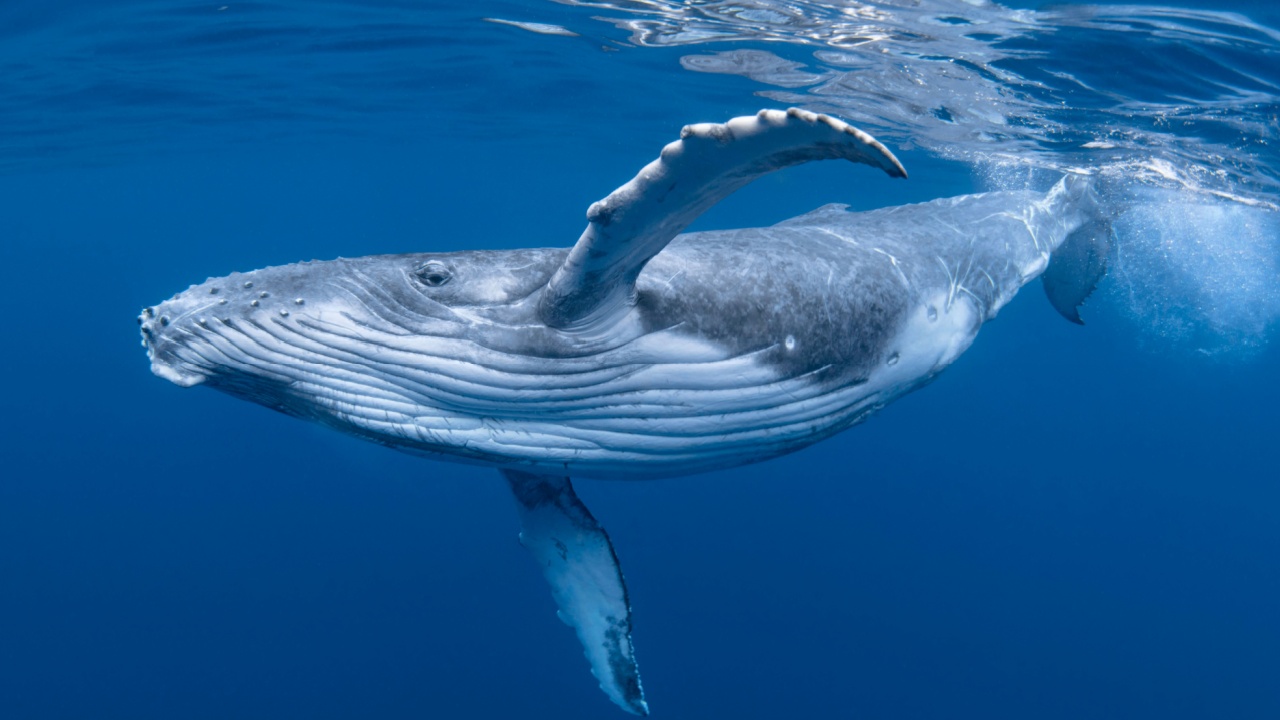
Blue Whales, the largest animals on the planet, make the most of their size with calls reaching 188 dB. These impressive vocalizations are crucial for communication across the immense open waters, helping to locate and reunite with other whales over great distances.
Tiger Pistol Shrimp
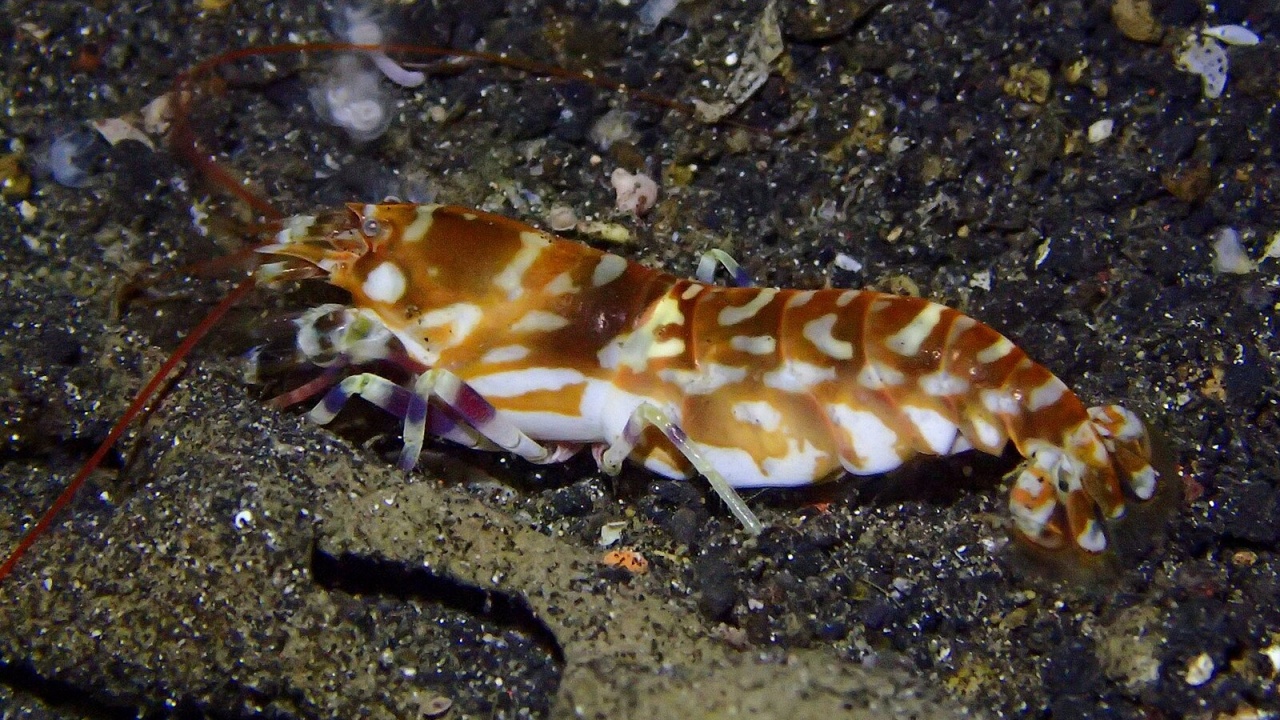
The Tiger Pistol Shrimp stuns not just with its appearance but with a snap that reaches over 200 dB. This small yet mighty creature creates a cavitation bubble that collapses with a powerful sound, stunning its prey in a spectacular display of underwater acoustics.
Snapping Shrimp
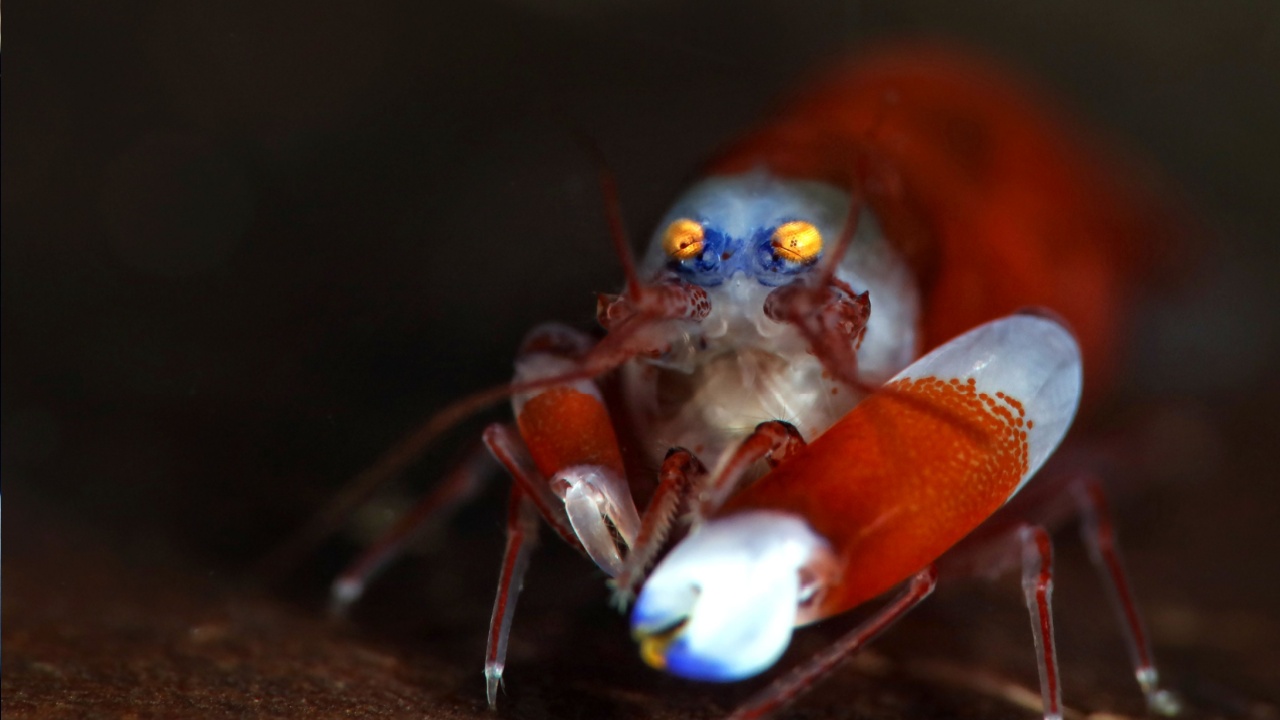
At about 200 dB, the Snapping Shrimp’s claw closure isn’t just an attack; it’s an acoustic event. This tiny crustacean’s powerful snap generates a shockwave, asserting its presence in the marine ecosystem with a sound that belies its small size.
Pistol Shrimp
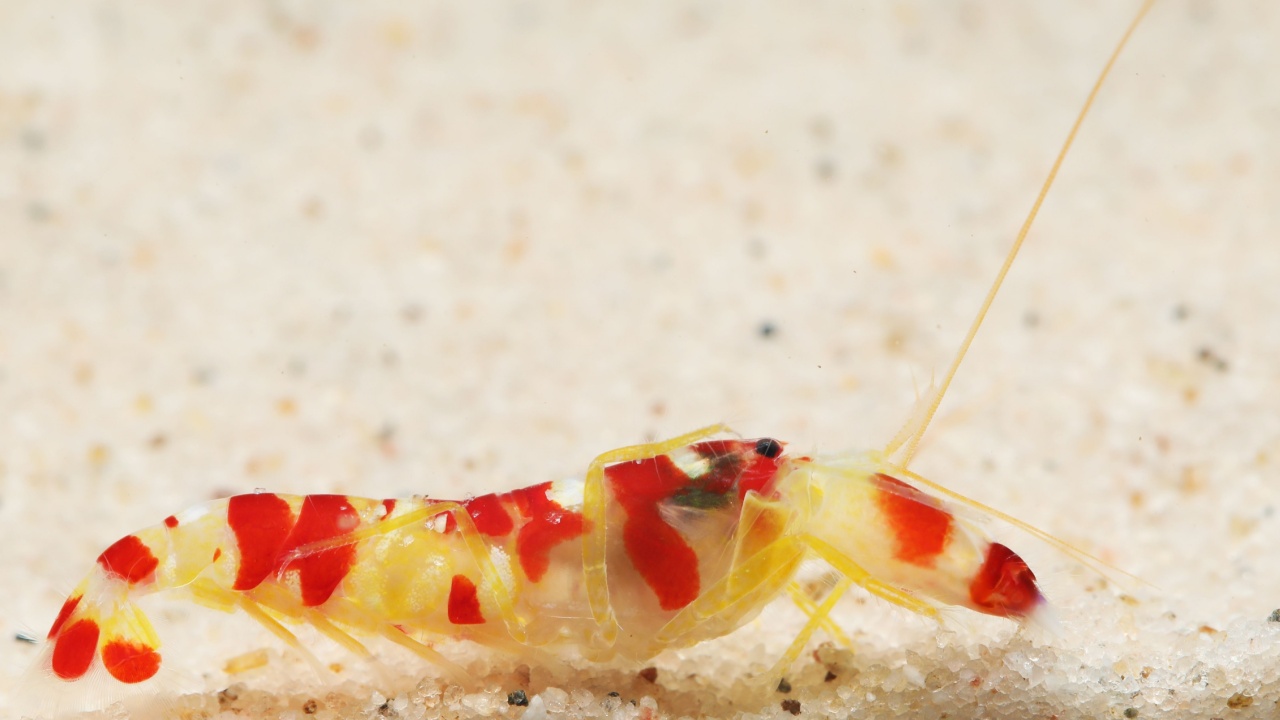
Reaching a peak of 218 dB, the Pistol Shrimp’s snap is the loudest sound made by any animal relative to its size. This extraordinary noise, paired with the resultant shockwave, highlights the shrimp’s unique adaptation in the competitive underwater environment.
Bottlenose Dolphin

At 220 dB, the Bottlenose Dolphin’s echolocation clicks are more than just communication; they’re a sophisticated biological sonar. These intelligent marine mammals navigate, hunt, and interact using a series of high-frequency sounds, demonstrating advanced acoustic abilities.
Sperm Whale
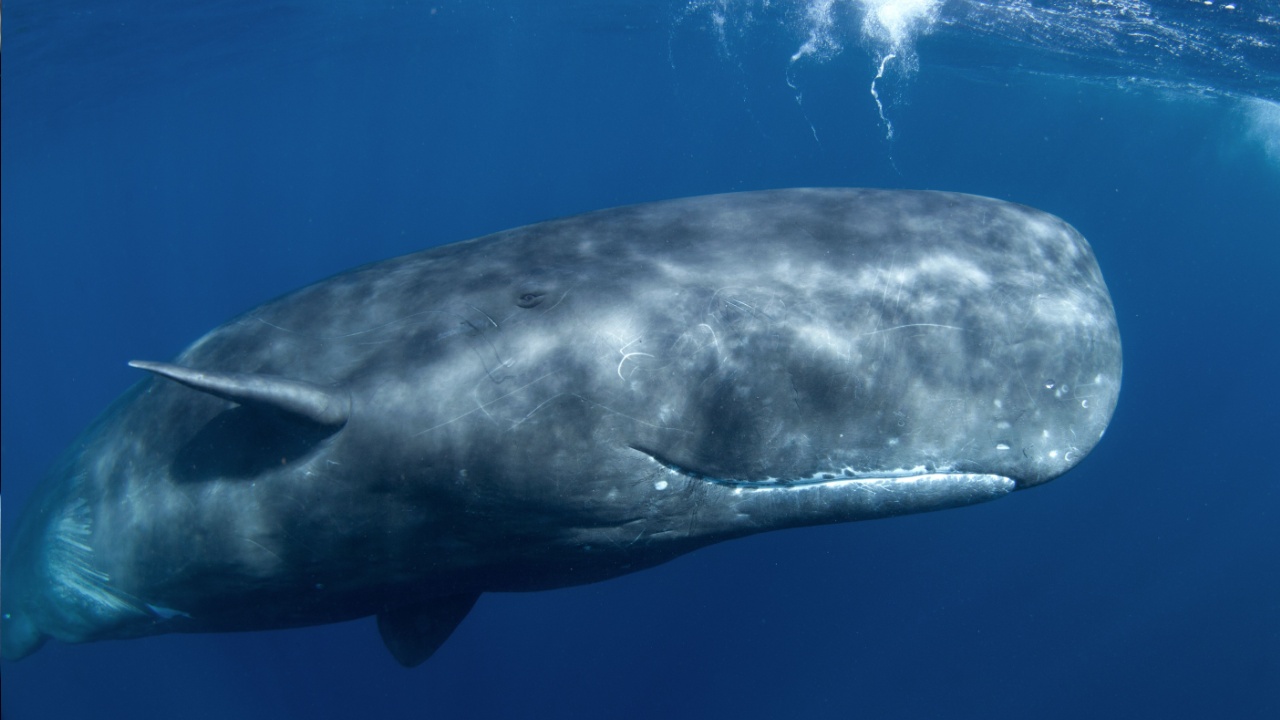
Dominating the deep with clicks at 233 dB, the Sperm Whale holds the record for the loudest animal sound. These clicks are not just for communication but are a powerful echolocation tool, enabling these leviathans to navigate and hunt in the deep ocean’s abyssal plains.
Becky is a fervent wildlife enthusiast and pet care expert with a diploma in canine nutrition. Her love for animals stretches beyond the domestic, embracing the wild tapestry of global fauna. With over a decade of experience in animal welfare, Becky lends her expertise to OutlandishOwl through insightful articles, captivating wildlife information, and invaluable guidance on pet nutrition. Her work embodies a deep commitment to understanding the intricate lives of animals and a passion for educating others on sustaining natural habitats. Becky's hands-on conservation efforts and her knack for translating complex dietary science into practical pet feeding tips make her an indispensable voice for creatures great and small.




